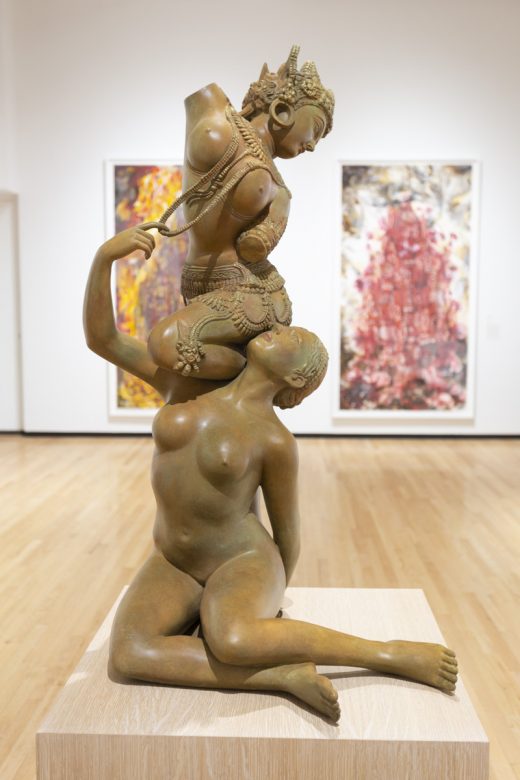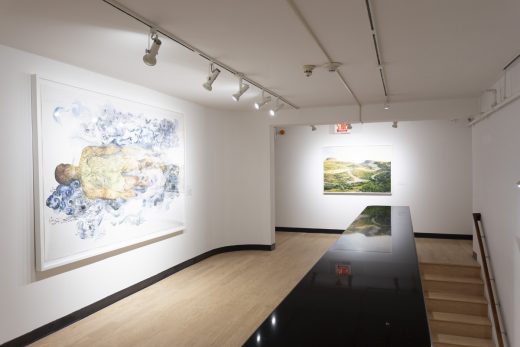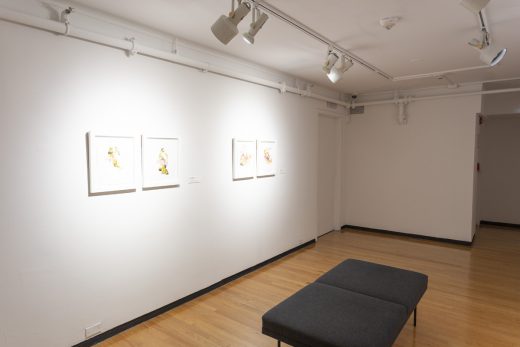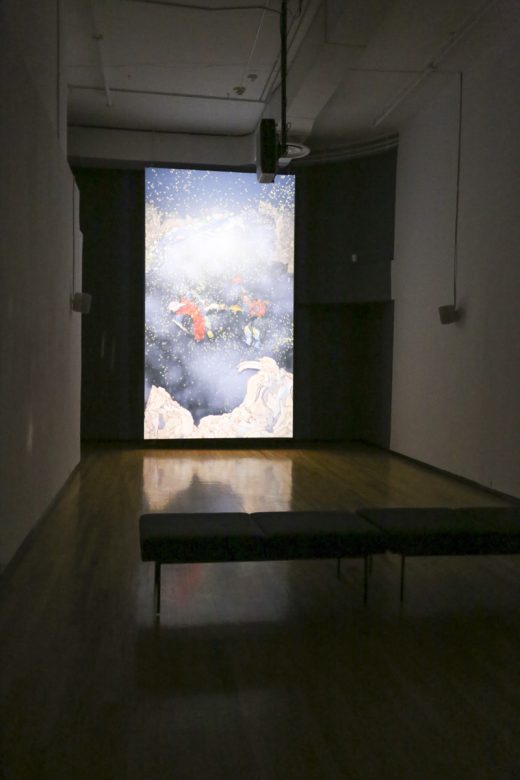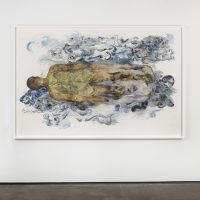Shahzia Sikander
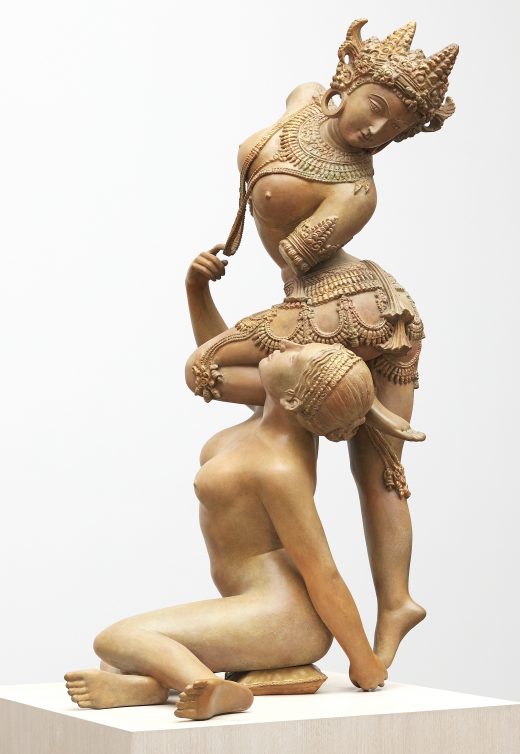
Walk into the South Asian galleries at a museum, leaf through a survey book on Persian art, or Google “Hindu sculpture”—you will find artworks isolated against white gallery walls, images cropped from pages aged hundreds of years, sculptures extracted from temples and set against jet-black voids. For Pakistani-American artist Shahzia Sikander, seeing centuries-old works of art ripped from their original contexts and elevated to artificial pristineness opens the questions of “What is tradition?” and “Who gets to decide what is traditional?”
Invoking historic visual languages and spanning media as disparate as mosaic and digital animation, Shahzia Sikander’s work contemplates these questions in a distinctively contemporary artistic practice. The high level of technical sophistication in Sikander’s work recalls her training at the National College of Arts in Lahore, Pakistan, where she opened a new chapter of miniature painting by challenging its entrenched conventions. As Sikander brings forward miniature painting into contemporary art, its figures cast off their frozen poses and flat profile views; animated with emotions like despair and desire, Sikander’s figures reverberate with the spectrality of their interior worlds. Within Sikander’s works, the figures also meet texts of history, literature, poetry, philosophy, and religion. They take on narratives such as ancient wars, colonialism’s aftermath, and the rise of transnational corporations. As they have become increasingly gestural, layered, and awash with color, Sikander’s figurations have also extended to expansive installations and digital collaborations with the music composer Du Yun. Compared to our contemporary encounters with illuminated manuscripts and Hindu deities deemed to immortalize South Asia, Sikander’s works are refreshingly dynamic, fluid, and imaginative. Sikander does not use stark contexts to excise past visual languages; she brackets Euro-colonial and institutional perspectives. By exchange, she animates past languages as she brings them to meet their counterparts elsewhere, re-instantiates them within current crises, and infuses them with humanistic tropes.
As they weave together rich histories with contemporary resonance, Sikander’s works record her process of thinking through the convergences of disparate themes and temporalities. Importantly, in evincing process, Sikander’s works do not terminate in answers. (Indeed, to answer who or what determines “tradition” during our time would be to point fingers.) Instead, Sikander accentuates the tension between the exquisite materiality she pushes to the fore and meanings that slip through our fingers. Sikander’s works are sensual, spiritual, allegorical and highly evocative, yet evading a single interpretation that can outlast history’s forward thrust.
